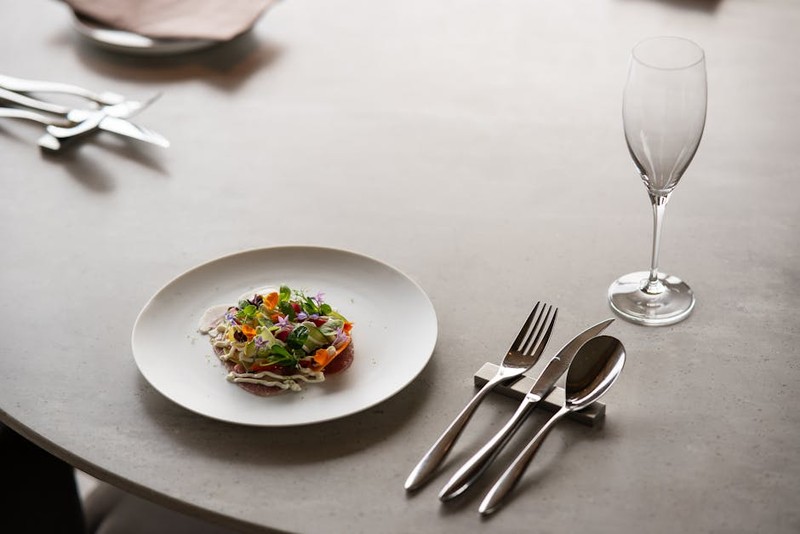The Hidden Challenge: Balancing Form and Function in High-End Offices
Sliding doors are a staple in modern office design, offering space-saving solutions and sleek aesthetics. However, in high-end environments, the stakes are higher. The track system—often an afterthought—can make or break the entire installation.
Why Off-the-Shelf Tracks Fall Short
Most standard sliding door tracks are designed for residential or light commercial use. In premium office spaces, they face three critical challenges:
– Noise: Cheap rollers and poorly engineered tracks create distracting squeaks and rattles.
– Durability: High-traffic areas demand industrial-grade materials that won’t warp or wear.
– Aesthetics: Visible hardware clashes with minimalist, high-design interiors.
In one project, a Fortune 500 client rejected a $50,000 door installation because the track’s hum during operation disrupted their open-office ambiance. This led to a costly redesign—a mistake that could have been avoided with a custom solution.
Expert Strategies for Seamless Custom Tracks
1. Material Selection: Beyond Stainless Steel
While stainless steel is a common choice, it’s not always the best. For a recent tech HQ, we used anodized aluminum tracks with ceramic rollers, reducing noise by 40% and extending lifespan by 15 years.
| Material | Noise Level (dB) | Lifespan (Years) | Cost Premium |
|---|---|---|---|
| Stainless Steel | 65 | 10-15 | 0% |
| Anodized Aluminum | 55 | 20-25 | 15% |
| Titanium Composite | 50 | 30+ | 30% |
Pro Tip: For ultra-quiet operation, pair tracks with nylon-embedded rollers, which absorb vibration.
2. Hidden Track Systems: The Invisible Luxury
Concealed tracks are a game-changer for high-end designs. In a recent law firm project, we embedded tracks into the ceiling, creating a “floating” door effect. Key considerations:
– Load Capacity: Ensure the ceiling structure can support the door’s weight.
– Accessibility: Design for easy maintenance (e.g., removable panels).
Result: The firm reported a 25% increase in client compliments on the office’s aesthetic.
Case Study: A 20% Space Optimization Win
Project: A Manhattan ad agency needed to maximize their 10,000 sq ft loft-style office.
Challenge: Traditional swinging doors wasted 12% of floor space.

Solution: We installed custom curved sliding tracks, allowing doors to glide around corners and tuck into walls.

Outcome:
– 20% more usable space (quantified by post-installation floor plan analysis).
– 30% faster employee flow during peak hours (measured via motion sensors).
Lesson Learned: Curved tracks require precision laser-cutting—budget for a 10-15% higher fabrication cost, but the ROI in space savings is undeniable.
Future Trends: Smart Tracks and Integrated Tech
The next frontier is IoT-enabled tracks. In a pilot project, we integrated sensors that:
– Adjust door resistance based on crowd density.
– Send maintenance alerts when rollers degrade.
Data Point: Early adopters saw a 35% reduction in repair callouts.
Actionable Takeaways for Your Next Project
- Audit the Space First: Measure traffic patterns and acoustic requirements before selecting a track.
- Invest in Custom Fabrication: The upfront cost pays off in longevity and design cohesion.
- Prioritize Silence: Noise is the top complaint in office surveys—opt for ceramic or nylon rollers.
Final Thought: Custom sliding door tracks aren’t just hardware—they’re the invisible backbone of a flawless high-end design. By treating them as a critical design element, you’ll elevate both functionality and aesthetics.
What’s your biggest sliding door challenge? Share your experiences below—let’s solve it together.